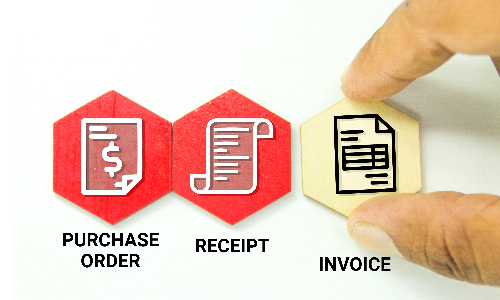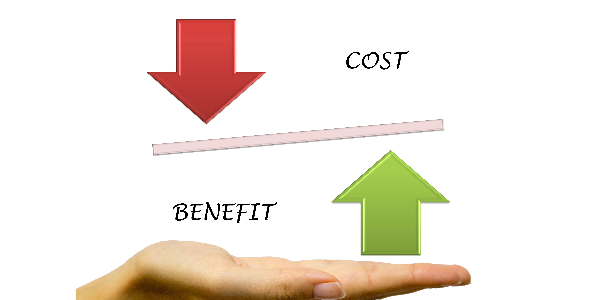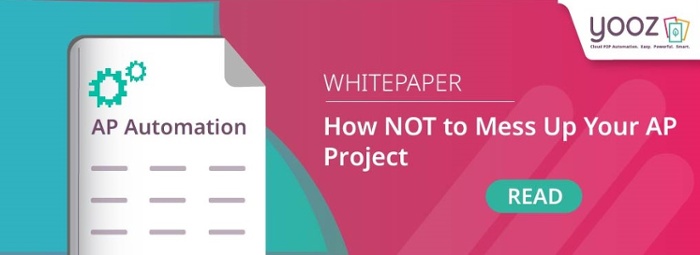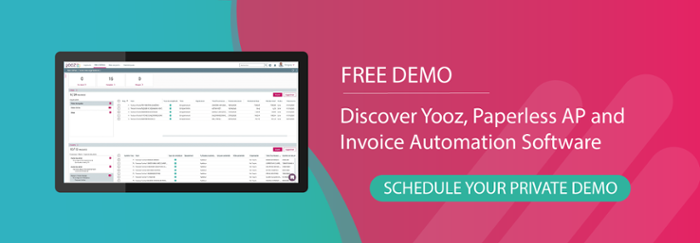KEY TAKEAWAYS
|
|
In today's fast-paced landscape, businesses are increasingly turning to automation in order to streamline their operations. One area that stands to benefit significantly is accounts and finance, where efficient time management is crucial, especially for invoice generation and supplier payments.
To enhance the accounts payable process, businesses are embracing accounts payable workflow automation.
Traditionally, this process involved manual handling of tasks, from creating purchase orders to processing supplier invoices and payments. This resulted in significant inefficiencies. In fact, studies have shown that on average up to 76% of office workers spend up to three hours daily on the manual accounts payable process alone.
Accounts payable workflow automation streamlines the payables process, offering a transformative solution. In this article we will explore the concept of accounts payable automation, its multiple benefits, and the potential challenges that it may face.
Defining Accounts Payable Workflow Automation
Accounts Payable workflow automation is the digitalized process of paying suppliers and invoices, aimed at reducing errors and helping companies carry out work more rapidly.
As mentioned above, traditional accounts payable processes involve significant manual work. With the right AP automation software, these manual aspects are partially or fully automated, eliminating routine labor and concerns about timely invoice payments.
There are various types of software that can be implemented to achieve this streamlined approach. Most AP automation software facilitates digital submission and approval of purchase invoices, eliminating the need for physical data input. Some even offer the option to read and extract relevant information from invoices.
The software can also follow predefined approval workflows, routing invoices to the appropriate personnel for review and approval based on predefined business rules and approval hierarchies. Automated notifications and reminders keep the process on track, helping to reduce delays.
How AP Automation Software Works
The initial step is to process invoices received in various formats, such as paper, email, or electronic documents. These invoices are then scanned or digitally imported into the system. After the data is extracted, the next stage involves data validation and verification, ensuring accuracy by cross-referencing the information against existing data in the organization's system.
For example, Yooz has a three way match process, which adds in an extra layer of certification by cross-referencing information from the purchase order, invoice, and receipt. This process reduces the risk of errors and discrepancies; important when dealing with fraud and security.

Employees can review and approve invoices digitally, often with the ability to code them by assigning cost centers or general ledger codes. If discrepancies arise, the system can flag the invoice for manual review, ensuring prompt resolution.
Especially with a cloud-based platform, electronic AP approval can be done from anywhere, at any time.
Upon approval, the software initiates the payment process, allowing for various payment methods, such as electronic transfers. This ensures timely payments to vendors while optimizing cash flow management.
AP automation systems also include document storage and retrieval capabilities. This not only reduces physical storage needs (and associated costs) but also provides easy access to historical data for auditing and reporting purposes.
Why Should You Automate Your Accounts Payable Process
The Third Annual 2023 State of Automation in Finance Report surveyed over 1,500 financial decision-makers in 9 countries and reveals some significant statistics highlighting the need for accounts payable automation:

So why implement automation?

Benefits of Accounts Payable Workflow Automation
There are many benefits associated with the automation of accounts payable workflows, such as improving the efficiency of your accounts department, accelerating invoicing by up to 80% and ensuring your suppliers are paid on time.
Below are several of the top benefits associated with implementing accounts payable software into your company.
1. Increased Efficiency
Streamlining the entire accounts payable process reduces the need for manual data entry and approval time, resulting in a faster payment cycle and efficient resource deployment.
2. Cost Savings
By eliminating paper-based processes and reducing manual labor, accounts payable automation software can significantly cut operational costs including printing, postage, and storage, as well as a decrease in late payment penalties and duplicate payments.
3. Improved Accuracy
By minimizing human error in data entry and calculations, the accounts payable automation solution ensures highly accurate financial records, resulting in fewer discrepancies. This increased level of accuracy translates into more reliable reporting and enables more informed, strategic decision-making for the business.
4. Enhanced Visibility
Real-time visibility into the status of invoices and payments allows for better cash flow management and data-driven decision=making.
5. Faster Approvals
Automation expedites the invoice approval process, ensuring that invoices are sent to the relevant parties and reducing the chances of delays, invoices getting lost, or duplicate invoices being sent to the wrong place.
6. Improving Scalability
Accounts payable automation ensures seamless scalability, efficiently managing higher transaction volumes as your business expands. This streamlined process prevents overburdening your accounts department, allowing you to pursue growth opportunities with confidence.

Challenges of AP Automation
However, despite the benefits offered by automation, there are several challenges to consider. Here are 5 of the main challenges:
1. Integration Complexity
Many companies already have established accounting software, Enterprise Resource Planning (ERP) platforms, document management systems, or any combination of these. Ensuring seamless integration between these existing systems and the new AP automation solution can be complex and time-consuming.
2. Data Accuracy
While automation software reduces human error, it is not completely immune to technological inaccuracies. Therefore, it's crucial to validate and update data prior to implementation in order to eliminate discrepancies.
3. Resistance to Change
One of the greatest fears resulting from digitalization is the possibility of jobs becoming obsolete. Companies can help alleviate these fears through employee training and clear communication on the impact of automation, emphasizing how automation can enhance their roles rather than replace them.
4. Security Concerns
In the age of digital connectivity, safeguarding sensitive financial data is of primary importance. Companies must make a strategic investment in robust accounting cyber security, including advanced encryption protocols, multi-factor authentication, and regular security audits.
These measures not only fortify defenses against potential breaches and fraud but also instill confidence in stakeholders that their financial information is being handled with security and care.
This proactive approach to cybersecurity is also crucial in maintaining the integrity of the Accounts Payable automation system.
5. Costs and ROI
Implementing advanced AP automation solutions often involves significant upfront costs in software, hardware, and training. Companies must ensure that they have the necessary funds available as well as weigh the costs against the long-term benefits and ROI.

Enhancing AP Workflow Automation
While streamlining invoice processing is a pivotal aspect of accounts payable workflow automation, there are additional key elements that play a crucial role in optimizing the entire process.
Vendor Portal Integration
The seamless integration of a vendor portal empowers vendors to directly submit their invoices and monitor payment statuses, significantly reducing the need for manual invoice data entry and enhancing communication efforts.
By providing vendors with a user-friendly platform, businesses can further enhance efficiency within their Accounts Payable department and strengthen supplier relationships, ultimately ensuring timely and accurate payments.

This integration not only benefits the Accounts Payable department but also creates a more collaborative and transparent environment between businesses and their suppliers.
E-Payments
Alongside vendor portal integration, accounts payable automation software also facilitates electronic payments, guaranteeing prompt payments while maximizing cash flow management.
By embracing e-payments, businesses can eliminate their reliance on manual checks and physical payment processing, reducing the risk of errors and delays associated with traditional payment methods.
This shift towards electronic payments not only heightens efficiency but also increases the security and reliability of the payment workflow.
Conclusion
Accounts payable automation software simplifies and enhances the entire invoice processing workflow, making it more accurate, efficient, and compliant. While challenges may arise, a careful evaluation of current processes and strategic implementation can lead to significant benefits for businesses.
Cloud-based platforms such as Yooz offer a comprehensive, AP process automation software solution that covers all aspects from procurement through payment (the P2P process). Existing API connections with ERPs and other financial platforms helps ensure a seamless transition into a digital and automated workflow.
Experience the benefits of Accounts Payable automation today. Request a personal demo or get in touch with our expert team to learn more.
FAQs
How does Yooz streamline the accounts payable workflow through automation?
Can accounts payable workflow automation adapt to our organization's specific approval processes and business rules?
How does Yooz ensure that invoices are processed accurately and efficiently in the automated workflow?
Can accounts payable workflow automation help achieve better visibility and control over our AP process?









